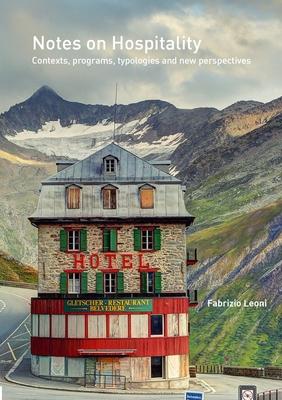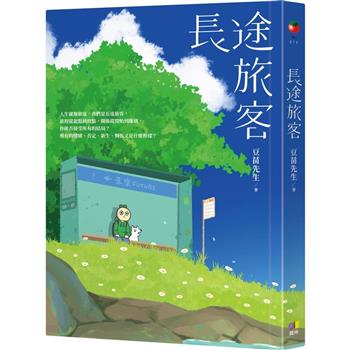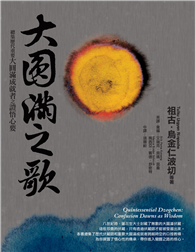Hospitality and Tourism, like many industrial activities, with their integrated offer of a multidimensional program, are framed as disruptive industries. As an organized activity, such an industry exploits a "starting capital" - natural, historical, cultural - available in a territory, and it is disruptive in its double negative / positive polarized meaning of "causing problems and thus preventing something from continuing as usual" versus "changing the traditional way an industry operates, especially in a new and effective way". Intuitively, the physical consequences of implementing its spatial demands are immediately visible wherever such transient or permanent activities occur. Which typologies host which programs and in which locations are some of the underlying questions. This book outlines an evolutive timeline of contexts, programs, typologies, and some new perspectives of the many directions of design research dedicated to the broad concept of Holidays, schematically organized in five different stages: > The Silk Roads. Caravanserai. Traffic and trade routes. > European elites. Grand Hotel and spa tourism. The holidays come into play. > Recreation as a Political Manifesto. Tourism in planned economies. > After the Second World War. Mass tourism. Holidays as a commodity. > Contemporary trends.
| FindBook |
有 1 項符合
Notes on Hospitality: Contexts, programs, typologies and new perspectives的圖書 |
 |
Notes on Hospitality: Contexts, programs, typologies and new perspectives 作者:Leoni 出版社:Lulu.com 出版日期:2022-04-21 語言:英文 規格:平裝 / 156頁 / 21.01 x 14.81 x 0.84 cm / 普通級/ 初版 |
| 圖書館借閱 |
| 國家圖書館 | 全國圖書書目資訊網 | 國立公共資訊圖書館 | 電子書服務平台 | MetaCat 跨館整合查詢 |
| 臺北市立圖書館 | 新北市立圖書館 | 基隆市公共圖書館 | 桃園市立圖書館 | 新竹縣公共圖書館 |
| 苗栗縣立圖書館 | 臺中市立圖書館 | 彰化縣公共圖書館 | 南投縣文化局 | 雲林縣公共圖書館 |
| 嘉義縣圖書館 | 臺南市立圖書館 | 高雄市立圖書館 | 屏東縣公共圖書館 | 宜蘭縣公共圖書館 |
| 花蓮縣文化局 | 臺東縣文化處 |
|
|
圖書介紹 - 資料來源:博客來 評分:
圖書名稱:Notes on Hospitality: Contexts, programs, typologies and new perspectives
|











